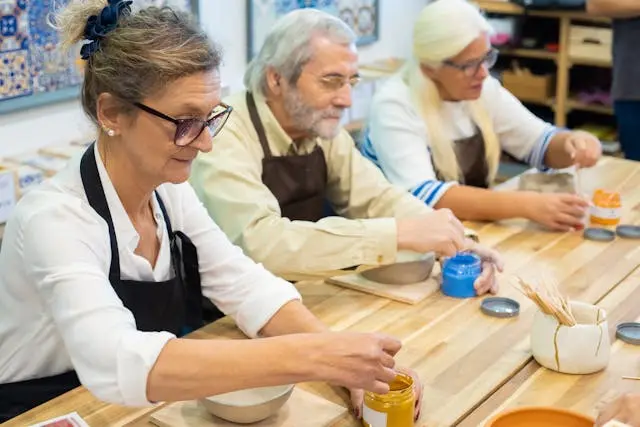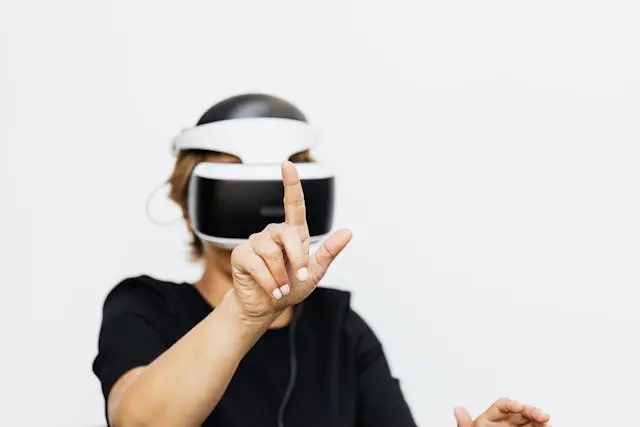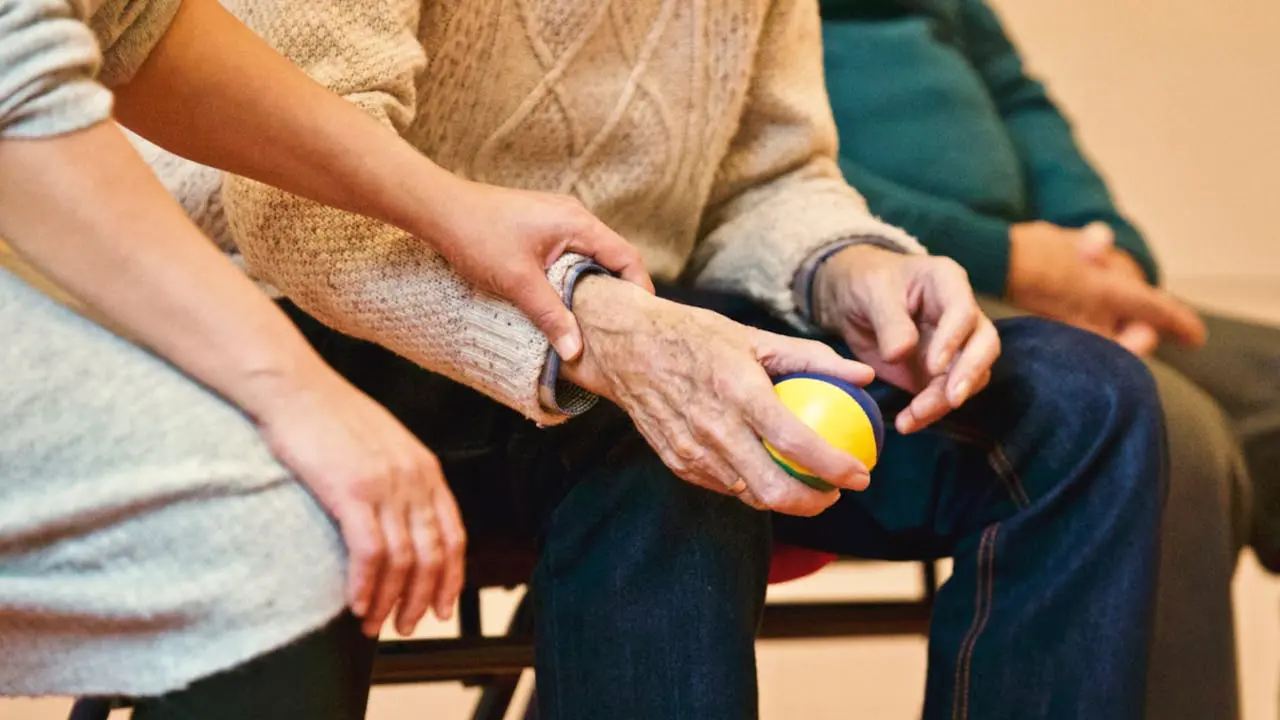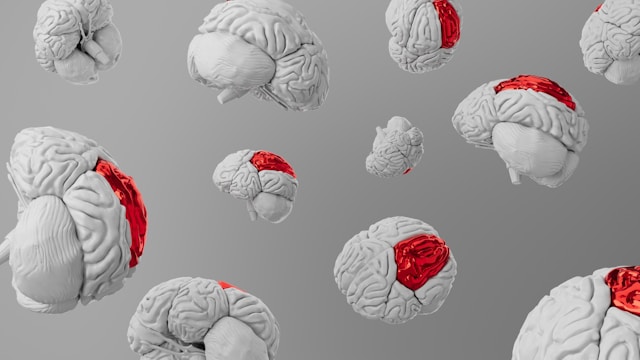Caring for individuals with memory loss, such as those living with Alzheimer’s disease or other forms of dementia, requires more than meeting basic physical needs. It’s equally important to nurture their mental and emotional well-being. One of the most effective ways to do this is through engaging activities that promote brain health. While cognitive decline may be inevitable in certain conditions, research has shown that stimulating the brain can help slow the progression of symptoms and improve the overall quality of life. Here are some key activities that can promote brain health in memory care populations, fostering cognitive function, emotional stability, and social engagement.
Memory-Enhancing Games and Puzzles
Games that challenge the mind are a cornerstone of promoting cognitive health. These activities stimulate problem-solving abilities, attention, and memory recall, offering mental exercise that can help preserve brain function.
Word games: Simple word games like crossword puzzles, word searches, or even Scrabble can challenge verbal skills and memory.
Jigsaw puzzles: Puzzles require focus, patience, and spatial recognition, all of which engage different parts of the brain.
Matching games: Memory card games where individuals have to match pairs of images can help with short-term memory retention and attention. These games can be easily adapted based on the cognitive abilities of the residents, ensuring they remain accessible and enjoyable.
Art and Creative Expression
Creative activities offer an outlet for self-expression, reduce stress, and stimulate brain regions related to imagination and motor function. Art therapy is commonly used in memory care settings because it allows residents to express feelings or memories they may not be able to communicate verbally.
Painting and drawing:
Even individuals with advanced memory loss can participate in painting or drawing, which allows for creativity without needing extensive verbal skills.
Sculpting or clay modeling: Working with tactile materials like clay can engage the sense of touch and help with fine motor skills.
Coloring: For residents with more advanced memory decline, coloring can provide a calming and engaging activity that helps with focus and hand-eye coordination.
Music Therapy
Music has a unique ability to engage individuals with memory loss, often sparking memories and emotions that might otherwise seem inaccessible. Music therapy has been shown to improve mood, reduce agitation, and promote emotional connections in memory care residents.
Listening to familiar songs:
Playing music from a person’s youth can evoke memories and emotions. Even individuals who struggle with speech may hum or sing along to familiar tunes.
Playing instruments:
Simple instruments like drums, tambourines, or maracas allow residents to participate actively in creating music, even if they lack formal musical training.
Sing-alongs:
Group sing-alongs can foster a sense of community while stimulating both cognitive and emotional responses.
Physical Exercise
Physical activity is not only beneficial for the body but also for the brain. Exercise increases blood flow to the brain, which can help preserve cognitive function. It also boosts mood, energy levels, and physical health, all of which are crucial for individuals in memory care.
Chair exercises: For residents with limited mobility, chair-based exercises offer a safe way to improve circulation and engage in light stretching and strength-building.
Walking clubs: Guided walks, either indoors or outdoors, provide an opportunity to move, enjoy the environment, and engage in light social interaction.
Tai Chi or yoga: These gentle forms of exercise focus on balance, mindfulness, and relaxation, promoting both physical and cognitive health.
Reminiscence Therapy
Reminiscence therapy encourages individuals to recall and reflect on their past experiences, which can be both comforting and stimulating for those with memory loss. This therapy often helps residents reconnect with memories that may seem lost and provides an opportunity for them to share their life stories with others.
Memory boxes: A memory box filled with personal items, photographs, and keepsakes from the past can prompt conversation and spark meaningful memories.
Storytelling: Facilitating group storytelling sessions where residents share personal experiences can foster social connections and cognitive engagement.
Old photographs and videos: Viewing pictures or videos from their past, such as wedding albums or home movies, can bring a sense of comfort and familiarity while promoting mental engagement.
Sensory Stimulation
Sensory stimulation activities focus on engaging the five senses — sight, sound, touch, taste, and smell — to help residents stay connected to the world around them. These activities are particularly helpful for those in more advanced stages of memory loss who may struggle with traditional cognitive exercises.
Aromatherapy: Introducing pleasant scents, such as lavender for relaxation or citrus for invigoration, can promote a calming or stimulating effect.
Tactile stimulation: Objects like textured fabrics, soft blankets, or stress balls can engage residents’ sense of touch and provide sensory comfort.
Taste tests: Offering small samples of different flavors can evoke memories tied to specific foods or experiences, promoting mental engagement and pleasure.
Gardening
Gardening offers a combination of sensory engagement, physical activity, and cognitive stimulation, making it an ideal activity for memory care populations. The act of planting seeds, watering plants, and watching them grow provides a sense of purpose and accomplishment.
Planting flowers or vegetables: Residents can participate in light gardening tasks that stimulate their sense of smell, sight, and touch while promoting fine motor skills and focus.
Indoor plants: For those unable to go outside, tending to indoor plants or helping with an indoor herb garden can provide a similar therapeutic effect.
Garden walks: Simply spending time in a garden or outdoor green space, observing plants and wildlife, can have a calming and rejuvenating effect on residents.
Pet Therapy
Interacting with animals has been shown to reduce anxiety, improve mood, and stimulate social interaction in memory care residents. Pet therapy involves bringing trained therapy animals, such as dogs or cats, into memory care settings to provide companionship and comfort.
Animal visits: Spending time petting or holding an animal can reduce stress and promote a sense of calm, while also encouraging communication and emotional connection.
Fish tanks or bird watching: For residents unable to interact directly with animals, watching fish swim or observing birds in a garden can provide sensory stimulation and emotional comfort.
Engaging memory care residents in activities that promote brain health is essential for enhancing their quality of life. Through creative expression, physical activity, music, sensory stimulation, and more, these activities not only stimulate cognitive function but also provide emotional support and social connection. The goal is to create a rich, stimulating environment where individuals with memory loss can continue to find joy, purpose, and fulfillment every day.





